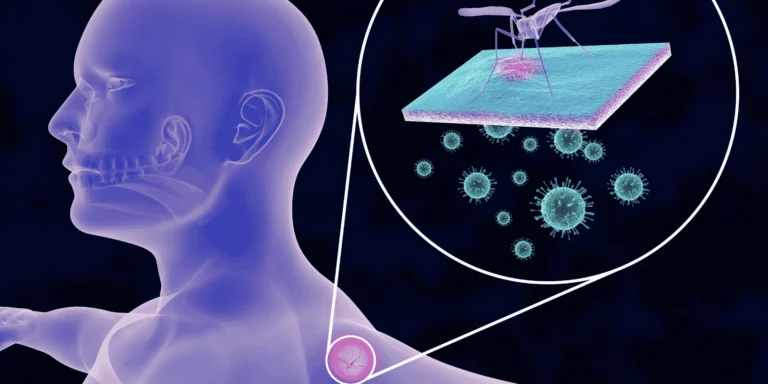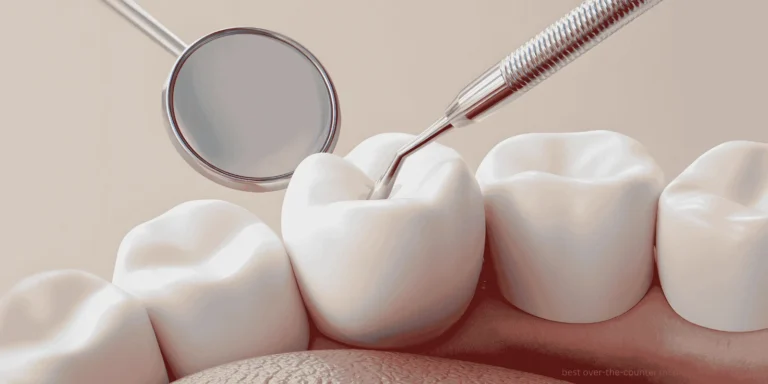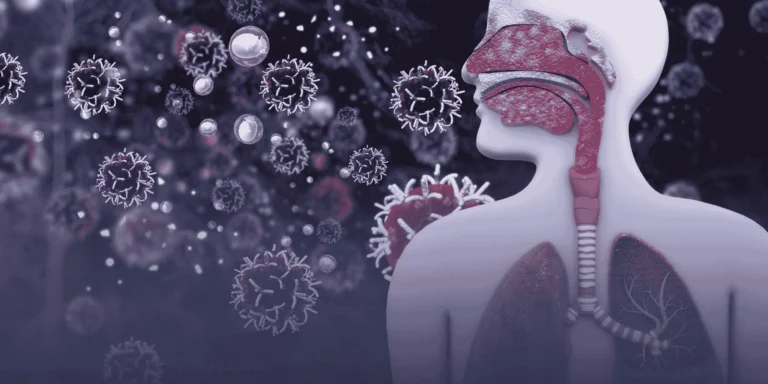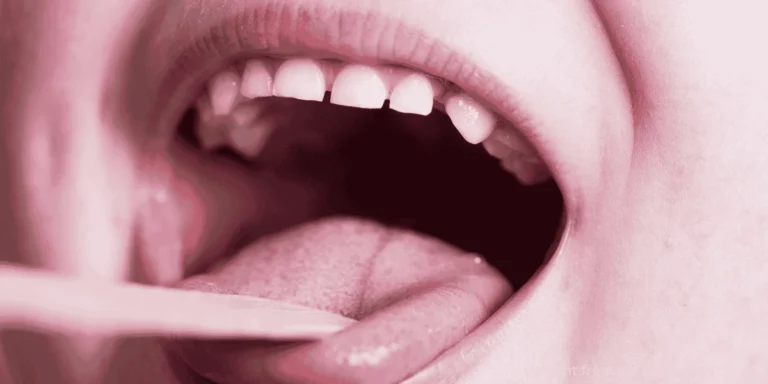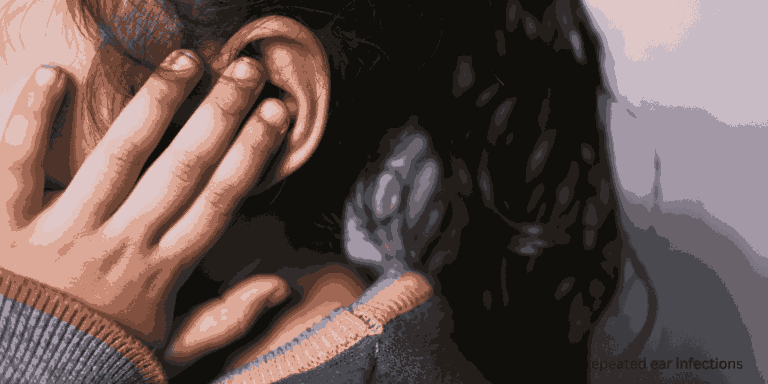Sinus pressure from sinusitis and common colds can feel similar, but key differences in timing, location, and associated symptoms help distinguish between these conditions.
Timing and duration: Cold-related sinus pressure typically develops early in illness and improves gradually within 7-10 days as other cold symptoms resolve.
Sinusitis pressure either persists beyond 10 days or initially improves, then worsens again. This “double worsening” pattern strongly suggests sinusitis.
Pressure location and characteristics: Cold pressure is usually mild to moderate and affects multiple facial areas without intense localization.
Sinusitis pressure creates more intense, localized pain in specific sinus regions:
- Forehead pain (frontal sinuses)
- Pain between and behind eyes (ethmoid sinuses)
- Cheek and upper tooth pain (maxillary sinuses)
- Deep head pain (sphenoid sinuses)
Movement-related changes: Sinusitis pressure characteristically worsens when bending forward, lying down, or moving your head suddenly. The pain intensifies with position changes.
Cold pressure remains relatively constant regardless of head position or movement.
Associated symptoms: Cold symptoms include a runny nose with clear to slightly thick discharge, sneezing, a mild cough, and a sore throat.
Sinusitis symptoms include thick, yellow, or green nasal discharge, a reduced sense of smell, post-nasal drip, and sometimes tooth pain.
Fever patterns: Colds rarely cause fever in adults; when present, it’s typically low-grade and brief.
Sinusitis can cause higher fevers (101°F or above), especially when bacterial infection develops.
Response to treatment: Cold pressure often improves with over-the-counter decongestants and pain relievers.
Sinusitis pressure may temporarily improve with OTC medications, but relief is short-lived and pressure returns quickly.
Pain severity: Cold pressure is generally manageable and doesn’t significantly interfere with daily activities.
Sinusitis pressure can be severe enough to disrupt sleep, work, or normal functioning.
Nasal discharge quality: Cold discharge starts clear, may briefly thicken, then returns to clear as recovery progresses.
Sinusitis discharge remains thick and discolored (yellow, green, or brown) throughout the illness.
If your sinus pressure has persisted beyond 10 days, worsened after initial improvement, or is accompanied by a thick colored discharge, ChatRx can help evaluate whether you have sinusitis requiring antibiotic treatment.








